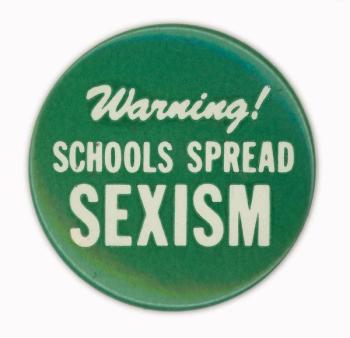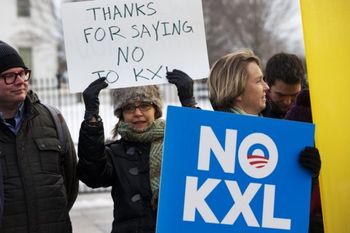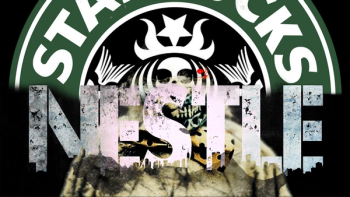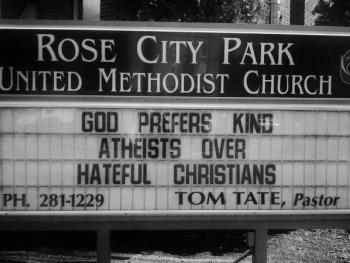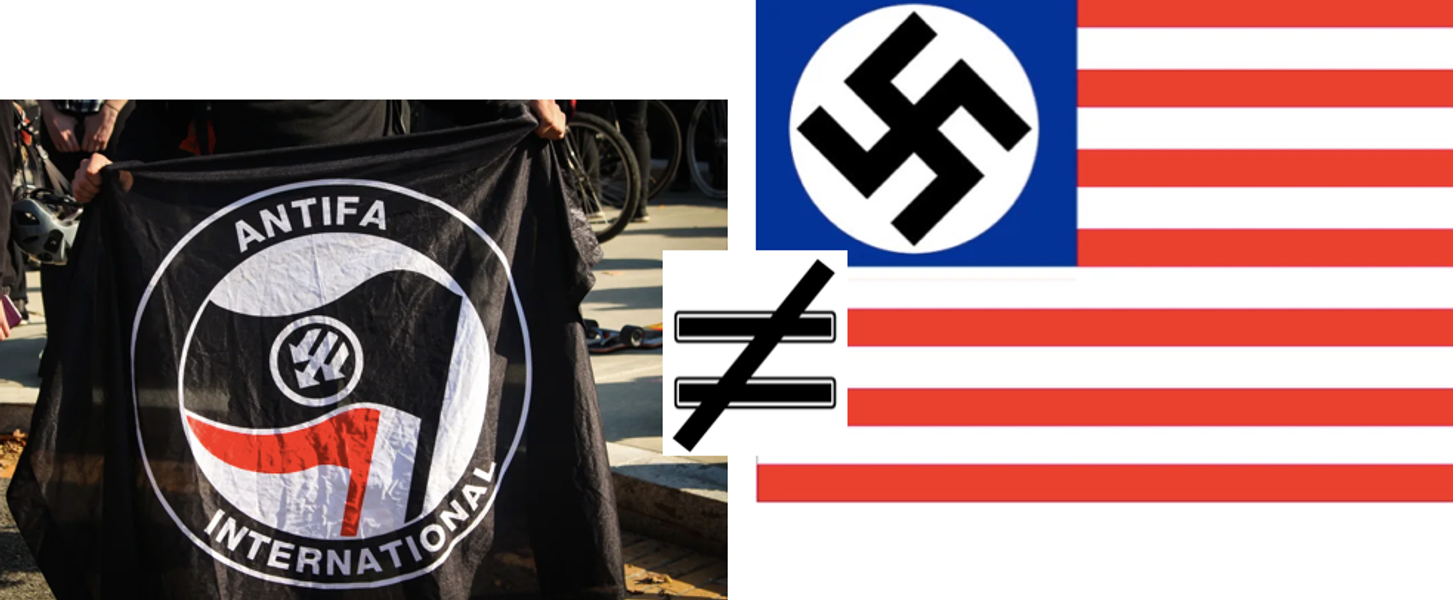
A Little Note On a Big Problem (False Equivalencies re Antifa/Fascism)
2021-01-09
by Eleanor Goldfield
I read Glenn Greenwald’s latest article titled “Violence in the Capitol, Dangers in the Aftermath” and found myself nodding in agreement with 95% of what he wrote. But there was one big problem with this article that I just couldn’t leave alone – so here I am with a little note on a big problem.
The issue I have comes at the end of his piece where he severely downplays the threats of right-wing violence while simultaneously raising the threat level of left-wing violence. He writes: “there are right-wing activists filled with rage and who are willing to engage in violence. Some of them are dangerous (just as some Muslims in the post-9/11 era, and some Antifa nihilists, were and are genuinely violent and dangerous).”
This kind of rhetoric, which we’ve also heard from the likes of Chris Hedges, compares on equal footing the widespread and long-standing right-wing violence in this country with left-wing “violence” – which even in cases like the Weather Underground (a favorite example when people wanna talk left-wing ‘violence’) actions where small bombs were used to destroy property – are not aimed at injuring or killing innocent people. Indeed, in the case of Weather Underground devices, they were only detonated when places were empty, and they gave ample warning as to what they were doing and why.
This false equivalency is more than just a matter of semantics. It promotes the paradigm – made popular again during the 2020 uprisings – that standing against fascism is as dangerous as fascism itself. It suggests that someone who wants to harm and eradicate people based on their identity is the same as the person they want to eradicate, if that person fights back. It suggests that someone has no right to defend themselves or their community from fascist violence because that would make them morally equivalent to the perpetrator.
It speaks to a fundamental misunderstanding of not only Antifa (which literally just means antifascist) but also the history of right-wing violence in this country, as well as the coordinated efforts of communities to protect themselves from it. To say that self defense or property destruction, like disabling pipeline equipment or breaking a CVS window, is equivalent to fascist violence is, to quote Greenwald, “unhinged to the point of being obscene.”
We don’t go around punching every Aryan-looking person we meet – indeed, if that were the case, I’d be kicking my own ass every damn day. We punch Nazis because they are Nazis, not because they are white, or male, or have a buzz cut. Nazis, just like police officers, can shift their ideologies – they can become anti-fascists. I can not become unJewish. I can not become unqueer. My BIPOC neighbors can not become unBIPOC. In short, they can not avoid being targets of right-wing violence. All that is required to avoid the “violence” of the left-wing is to stop trying to kill us.
The inability (or unwillingness) to understand this difference is dangerous – particularly when loudly proclaimed by people with large followings. As Greenwald notes in his article, “One need not engage in denialism or minimization of a threat to rationally resist fear-driven fanaticism.” I agree. So why should we downplay the very real threats of right-wing violence in marginalized communities? We can – and indeed we must – acknowledge these threats, avoid the intellectually lazy trope of false equivalencies and alsouphold the abolitionist, anti-fascist and anti-oppressive ideals Greenwald mentions in his piece.

